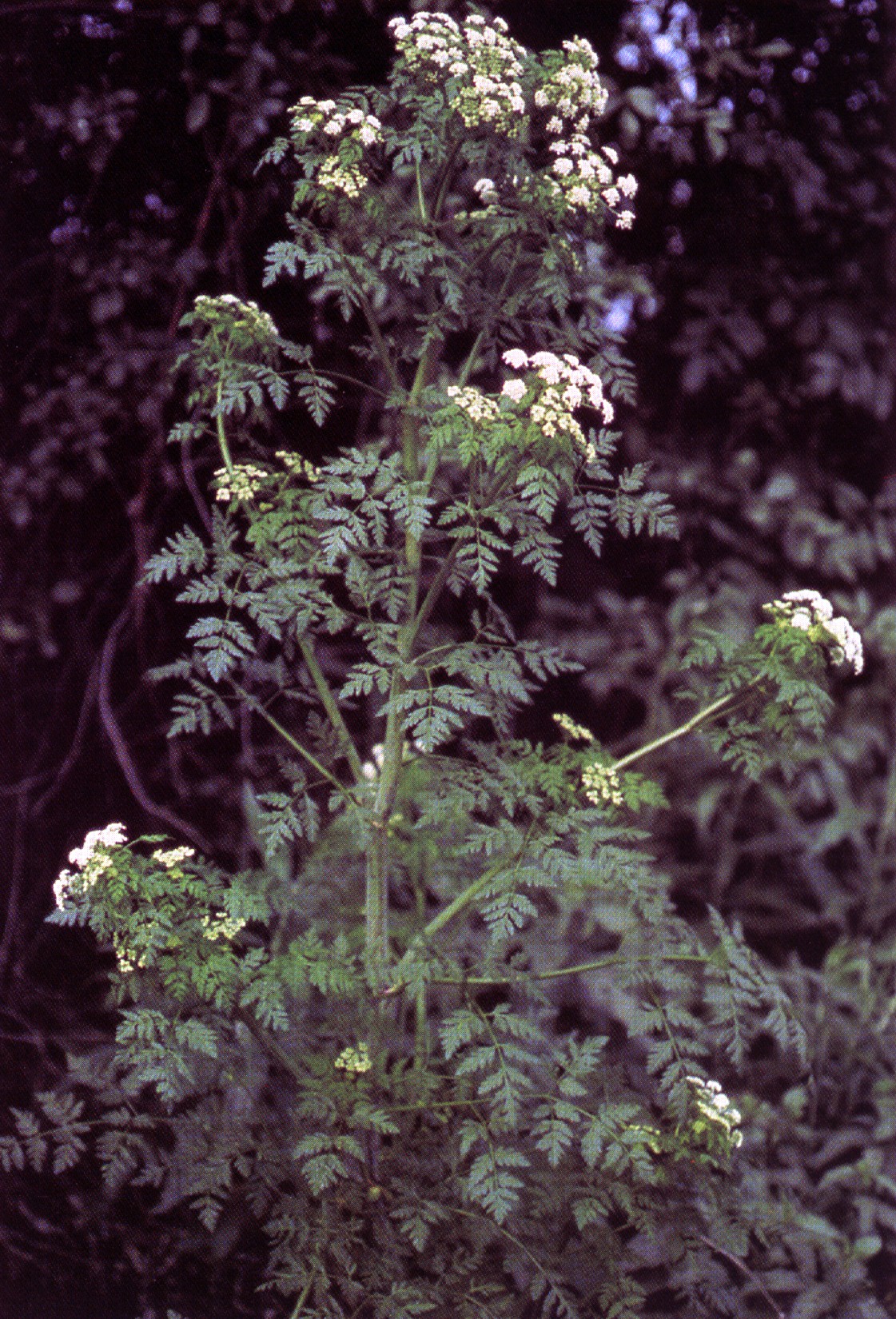|
Conium Alkaloids
Conium alkaloids are natural products of the piperidine alkaloid type. Occurrence Conium alkaloids are found in spotted hemlock. The mature fruits may contain up to 3.5% alkaloids.Eintrag zu Conium-Alkaloide. In: Römpp Online. Georg Thieme Verlag, retrieved 29 April 2020. Representative The main alkaloid is coniine. Other representatives are γ-conicein, conhydrin, pseudoconhydrin, and ''N''-methylconiin. (S)-(+)-Coniine Structural Formula V2.svg, (+)-Coniine (2S,2'R)-(+)-Conhydrine Structural Formula V2.svg, (+)-Conhydrin (3S,6S)-(+)-Pseudoconhydrine Structural Formula V2.svg, (+)-Pseudoconhydrin Most Conium alkaloids are liquid at room temperature.''Brockhaus ABC Chemie'', VEB F. A. Brockhaus Verlag Leipzig 1965, p. 714. Properties 500 mg of coniin is fatal to a human. Coniin is the poison of the spotted hemlock. Poisoning results in nausea, vomiting, salivation, and diarrhea. Within half an hour to an hour, paralysis of the chest muscles occurs, which is fat ... [...More Info...] [...Related Items...] OR: [Wikipedia] [Google] [Baidu] |
Conium
''Conium'' ( or ) is a genus of flowering plants in the family Apiaceae. , Plants of the World Online accepts six species. All species of the genus are poisonous to humans. ''C. maculatum'', also known as hemlock, is infamous for being highly poisonous. Hemlock is native to temperate regions of Europe, North Africa and Western Asia. The species ''C. chaerophylloides'', ''C. fontanum'', and ''C. sphaerocarpum'' are all native to southern Africa. Description Plants of the genus ''Conium'' are eudicots, flowering plants distinguished by their two cotyledons (embryonic leaves) and tricolpate (three-pored) pollen. They are typically biennial, forming basal rosettes in the first year of growth, and sprouting a rigid, hollow flower stalk in the second. Germination occurs between spring and autumn. Occasionally, plants which germinate in early spring are annual instead of biennial. These plants grow best in wet, poorly drained areas with nutrient rich soil. They grow well in nitrogen ... [...More Info...] [...Related Items...] OR: [Wikipedia] [Google] [Baidu] |
